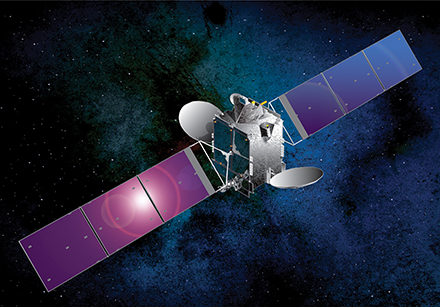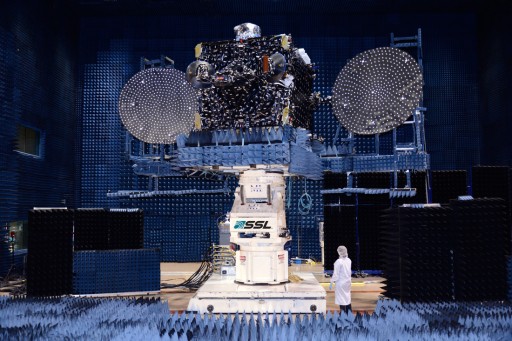Optus 10


Optus 10 is a Fixed Satellite Services spacecraft built by Space Systems/Loral for operation by Australian telecommunications provider Optus (Singtel Optus Pty Limited). Founded in 1981, the company launched and operated a number of communications satellite to deliver a variety of services across Australia.
Optus 10 is based on SS/L’s LS-1300LL satellite bus with a total launch mass of 3,270 Kilograms, 5.1 x 3.1 x 3.1 meters in size. LS-1300 is a flexible satellite platform that can be flown in different configurations to accommodate different communication payloads with a total power of 5 to 18kW. Using different configurations, LS-1300 satellites can weigh from 2,200 up to 6,700 Kilograms featuring payloads of 12 to 150 transponders. LS-1300 was introduced in the late 1980s, but undergoes constant modifications going through a number of revisions over the years.
The Optus 10 satellite has a launch mass of 3,270 Kilograms and features two solar arrays each with three panels for power generation and batteries for power storage while dedicated avionics distribute power to the various systems. When deployed, the arrays span 24.7m from tip to tip. Nominal satellite power is around 5,000 Watts. The satellite uses a chemical propulsion system for apogee maneuvers and stationkeeping in Geostationary Orbit. Additionally, the spacecraft is equipped with an electric propulsion system for stationkeeping in Geostationary Orbit, enabling a long operational life span of the spacecraft. Three-axis stabilization and navigation is accomplished by state of the art navigation sensors and reaction wheels.
The spacecraft is outfitted with an all-Ku Payload consisting of 24 active transponders. The transponders are connected to two gateway beams covering Australia and New Zealand. Optus 10 will provide mobile, cable distribution corporate network and fixed satellites services including direct-to-home television and broadband data services.
Optus 10 will operate at an orbital position of 164 degrees east for a 15-year primary mission.
